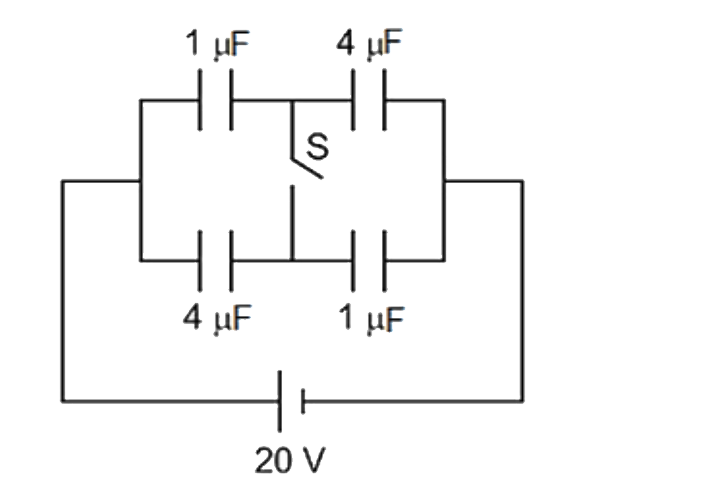Text Solution
Verified by Experts
The correct Answer is:
|
Topper's Solved these Questions
NTA JEE MOCK TEST 27
NTA MOCK TESTS|Exercise PHYSICS|25 VideosView PlaylistNTA JEE MOCK TEST 29
NTA MOCK TESTS|Exercise PHYSICS|25 VideosView Playlist
Similar Questions
Explore conceptually related problems
Knowledge Check
Similar Questions
Explore conceptually related problems
NTA MOCK TESTS-NTA JEE MOCK TEST 28-PHYSICS
- A solenoid of inductance L and resistance R has a soft iron core . It ...
04:04
|
Play - In the figure shown , after the switch 's' is turned from postion ...
03:31
|
Play - A glass hemisphere (mu=1.5) has a radius of curvature of 16 cm. A smal...
07:24
|
Play - One mole of diatomic gas undergoes a process P=(P0)/([1+(V//V0)^3]) , ...
02:05
|
Play - A finite carrying - current wire is placed in a plane along with very ...
04:57
|
Play - Three blocks of A, B and C of equal mass m are placed one over the oth...
03:14
|
Play - Electromagnetic wave travel in medium at a speed of 2.0xx10^8ms^-1. Th...
03:07
|
Play - The height of a mercury barometer is 75 cm at sea level and 50 cm at t...
03:39
|
Play - A heavy plank of mass 100 kg hangs on three vertical wires of equal le...
02:07
|
Play - The fraction of atoms of radioactive element that decays in 6 days is ...
05:56
|
Play - As shown in the figure, a bob of mass m is tied by a massless string w...
14:58
|
Play - Consider telecommunication through optical fibres. Which of the follow...
01:16
|
Play - What is the conductivity of a semiconductor sample having electron con...
02:27
|
Play - Temperature of an ideal gas is 300 K . The final temperature of the ga...
02:20
|
Play - Radio waves coming at anglealpha to vetical are received by a radar af...
04:25
|
Play - For the circuit shown in the figure , the charge flown through the swi...
04:28
|
Playing Now - A heavy nuleus having mass number 200 gets disintegrated into two smal...
01:33
|
Play - A horizontal rod of mass m=(3k)/(pi^2) kg and length L is pivoted at o...
05:54
|
Play - In a car race sound signals emitted by two cars are detected by the de...
05:27
|
Play - A small particle of mass m and charge Q is dropped in uniform horizont...
05:55
|
Play
